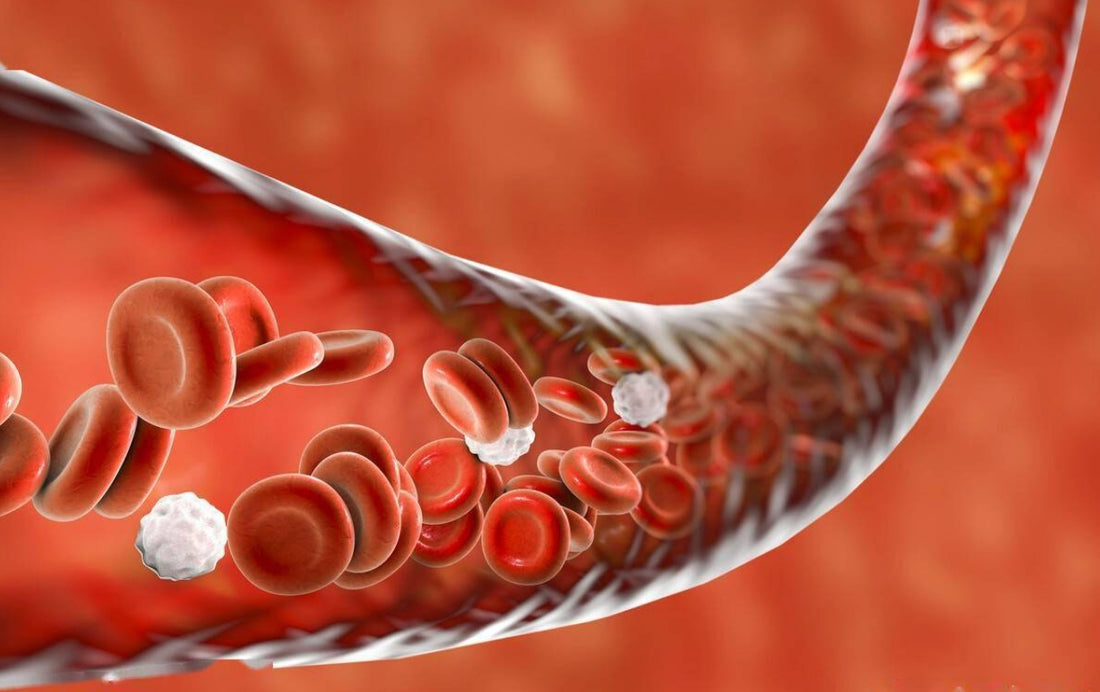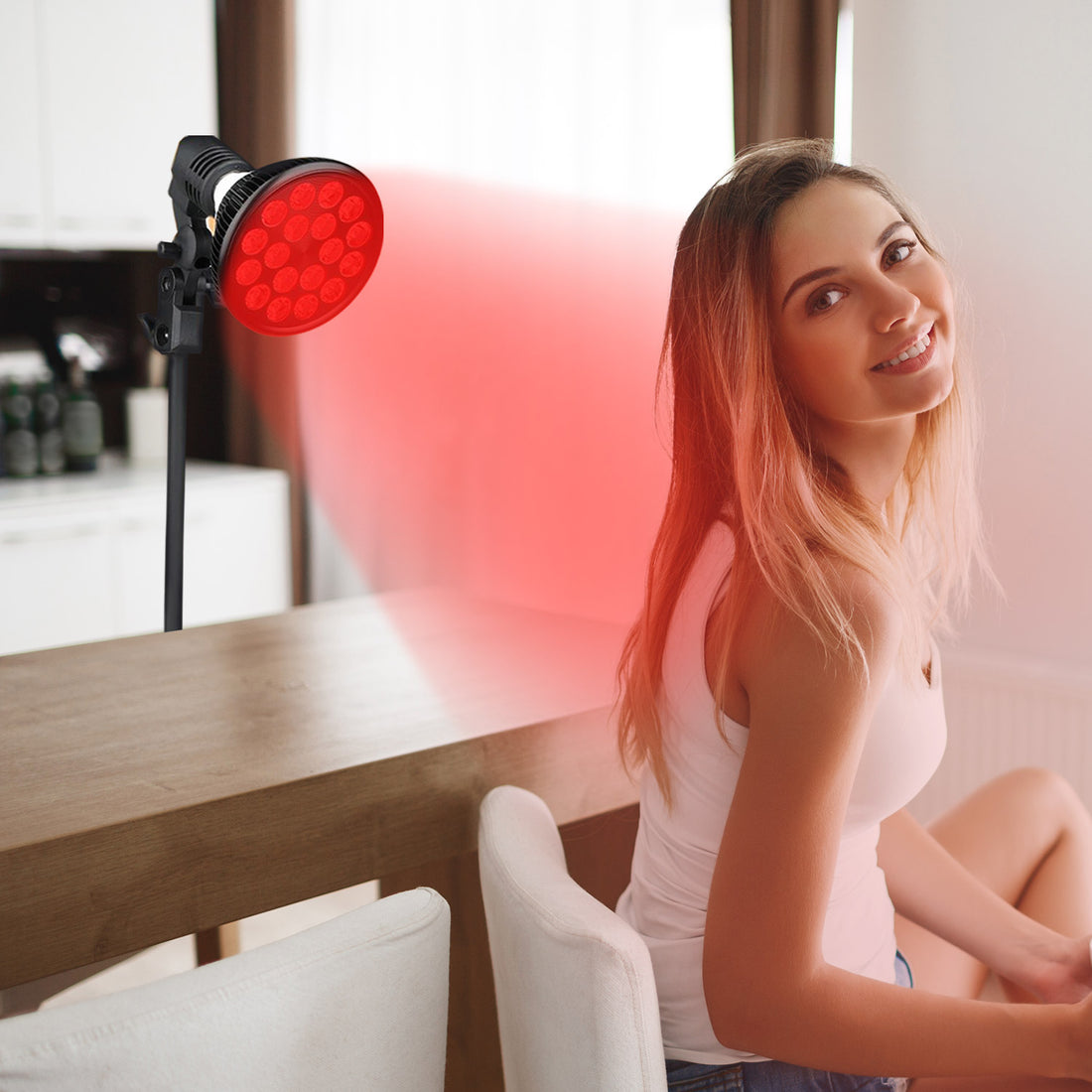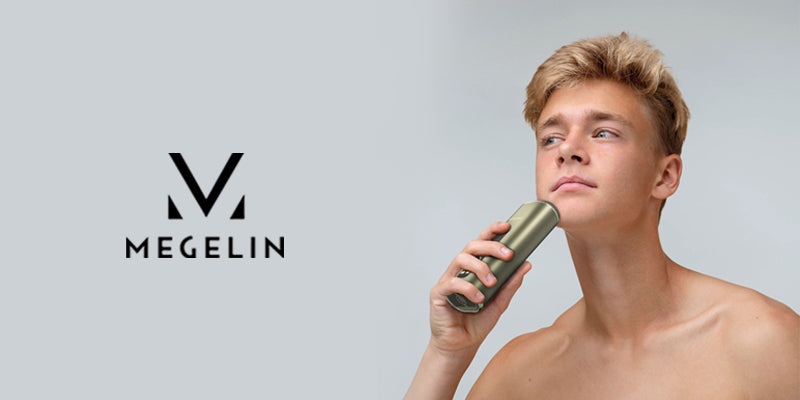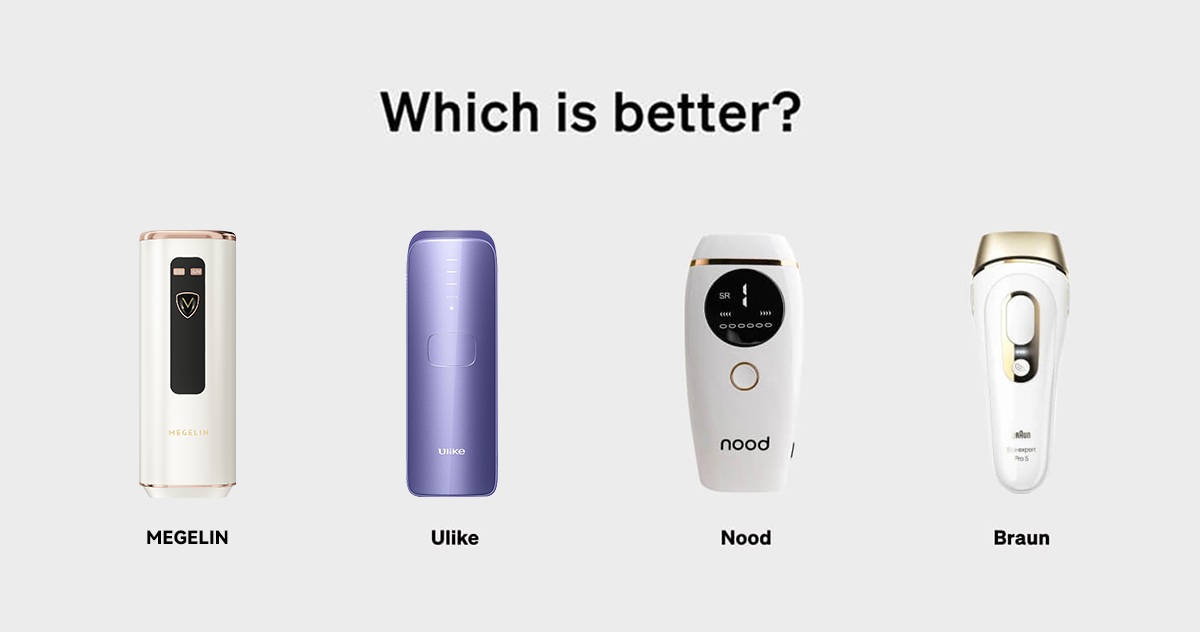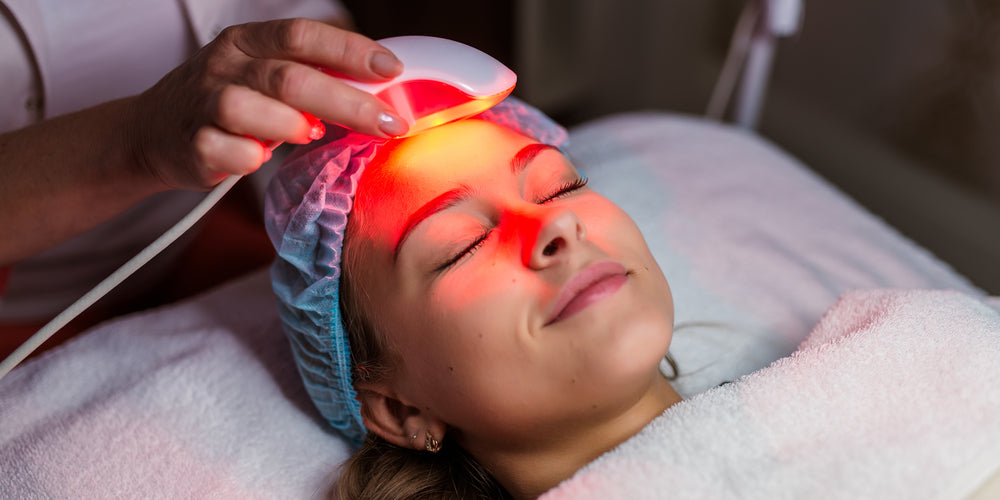
Can Red Light Therapy Cause Cancer? | Backed by 2024 Research
LambertJarvisThroughout this discussion, we have explored the various facets and findings related to the safety and efficacy of red light therapy in addressing cancer concerns. We've examined its potential benefits, such as improved skin health, enhanced muscle recovery, and its role in reducing inflammation, alongside addressing the precautions and risks associated with its usage. The evidence presented underscores the therapy’s promising role, albeit with the recommendation for more thorough research and consideration of individual health conditions before proceeding with treatment.
The consensus suggests that while red light therapy can be a valuable addition to holistic wellness routines, especially for those seeking non-invasive treatment methods, it should be approached with informed caution. The importance of consulting with healthcare professionals before incorporating it into cancer care cannot be overstated, highlighting the need for personalized medical advice. As we move forward, continued research will undoubtedly shed more light on the full spectrum of red light therapy's potential, steering us toward safer and more effective applications for cancer care and beyond.
Overview of Red Light Therapy
What is Red Light Therapy
Red Light Therapy (RLT) is a therapeutic technique that employs low-level wavelengths of visible red light, typically between 620 and 750 nanometers, to address various medical and aesthetic conditions [1]. This form of treatment is also known by other names such as low-level laser therapy (LLLT), low-power laser therapy (LPLT), or photobiomodulation (PBM) [2]. It works by exposing skin or tissue to red light, primarily using LEDs or lasers, which are absorbed by the mitochondria in cells and may enhance their function and repair capabilities [2].
The process involves a non-thermal light exposure that does not cause damage or heat to the treated tissues, distinguishing it from other forms of light therapy that may involve ultraviolet (UV) light [2]. This characteristic makes RLT a preferred option for treating sensitive conditions without the risk of skin damage that is often associated with UV exposure.
Typical Uses and Benefits
Red Light Therapy is touted for its multiple health benefits, particularly in skin health and pain management. The primary applications of RLT include:
- Skin Rejuvenation: RLT is widely used to improve skin appearance by reducing wrinkles, fine lines, and scars, and by enhancing overall skin texture and elasticity through increased collagen production [3] [4].
- Wound Healing: It accelerates the healing process of wounds by promoting tissue repair and increasing blood circulation to the affected areas [4].
- Pain Relief: RLT has been shown to reduce inflammation, which is often a significant factor in chronic pain conditions. Studies have indicated its effectiveness in treating conditions like rheumatoid arthritis, tendinopathy, and general muscle soreness [2].
- Hair Growth: There is evidence suggesting that RLT can stimulate hair follicles, making it a potential treatment for conditions like androgenic alopecia [3].
- Treatment of Skin Conditions: It is used to improve several skin conditions such as psoriasis, eczema, and acne. The anti-inflammatory properties of red light help in reducing symptoms and improving the condition of the skin [3].
Additionally, RLT is being researched for its potential in treating other serious conditions, including certain types of cancers through photodynamic therapy, where it acts as an activating agent for photosensitizing medications [4]. While the full spectrum of benefits and mechanisms of RLT are still under investigation, the therapy continues to gain popularity due to its non-invasive nature and promising results in various preliminary studies [5].
Mechanism of Red Light Therapy
Effects on Cells and Tissues
Red Light Therapy (RLT) operates primarily by targeting the mitochondria, the energy powerhouses within cells, enhancing their ability to produce adenosine triphosphate (ATP). This increased production of ATP improves cell function, aiding in processes such as tissue repair, cell regeneration, and inflammation reduction [6]. The therapy involves the application of red and near-infrared light, which penetrates the skin to interact with mitochondria, stimulating them to produce more energy [3] [2].
The therapy's effectiveness extends to increasing collagen production, which is crucial for skin elasticity and strength, and enhancing fibroblast production, which is vital for creating collagen [3] [3]. Additionally, RLT promotes increased blood circulation and reduces inflammation at the cellular level, contributing to overall tissue health [3] [2].
Safety Mechanisms in Place
Red Light Therapy is recognized for its safety, primarily because it does not use ultraviolet (UV) light, which can cause skin damage and increase cancer risk. Instead, RLT uses wavelengths that do not have harmful effects, making it a safer alternative for skin and tissue treatment [3] [2].
However, it is crucial to adhere to specified guidelines to avoid potential risks. Misuse of RLT devices, such as excessive exposure, could lead to skin or eye damage if protective measures are not taken. It is recommended to use RLT under professional guidance and with appropriate protective gear, such as goggles, to safeguard against any potential damage from the therapy [3] [2]. Moreover, RLT devices should be used according to the manufacturer's directions to prevent any adverse effects from improper use [3].
Red Light Therapy's long-term safety is still under investigation, emphasizing the importance of cautious use and adherence to recommended guidelines to maximize benefits while minimizing risks [3].
Cancer and Red Light Therapy
Hypothetical Cancer Risks
Concerns have been raised about whether red light therapy (RLT) could potentially contribute to cancer development, particularly due to the deep penetration of light into the tissues. The primary worry stems from the hypothesis that stimulating cellular activity could inadvertently encourage the growth of cancer cells. However, it is crucial to distinguish between the wavelengths used in RLT and those known to be carcinogenic, such as ultraviolet light. RLT utilizes wavelengths that do not possess the mutagenic properties associated with UV radiation, which is a known risk factor for skin cancer.
Evidence-Based Assessment
Research into the safety of red light therapy in the context of cancer has been largely reassuring. Studies have investigated the effects of RLT on various types of cells, including cancerous cells, without finding evidence that RLT promotes cancerous growth. In fact, some clinical studies suggest that when used as a part of photodynamic therapy, RLT might actually play a role in reducing tumor size and suppressing cancer cell viability. This therapeutic approach involves the activation of photosensitive drugs that target cancer cells, with RLT acting as a non-invasive catalyst.
It is important for patients and healthcare providers to consider each case individually, taking into account the type of cancer and the overall health of the patient. While RLT is generally considered safe, its use in cancer patients should always be closely monitored by medical professionals to ensure it is applied effectively and safely within the broader context of the patient’s cancer treatment plan.
Clinical Findings and Case Studies
Clinical Trials and Studies
In a pioneering clinical trial, researchers explored the safety and efficacy of novel light sources for skin rejuvenation, focusing on the stimulation of dermal collagen synthesis using low-pressure and mid-pressure gas discharge lamps [7]. The study revealed that volunteers reported significant improvements in skin feeling, complexion, and clinical outcomes, including increased collagen density and reduced skin roughness. These findings were supported by measurements and assessments by three blinded evaluators who noted a reduction in fine lines and wrinkles [7].
Further analysis in this area showed that ultrasonographic collagen assessment is a viable non-invasive method for monitoring dermal density during aging. The study highlighted a gender-specific response to ELT/RLT treatment, with female volunteers showing better outcomes in terms of collagen density increase, possibly due to physiological differences between male and female skin [7].
Analysis of Case Study Outcomes
Continuing the exploration of red light therapy's effects, another study compared the effectiveness of LED and laser light at 635nm for body contouring. The results indicated that both LED and laser light could promote lipolysis in subcutaneous fat, suggesting that red light therapy could be a non-surgical option for weight loss and body contouring [8]. This study supports the hypothesis that red LED light therapy using 635nm red light LED technology yields results comparable to those of the laser device when adhering to a specific treatment protocol [8].
Moreover, clinical trials have demonstrated that high-intensity red and near-infrared LEDs can significantly accelerate the healing of oxygen-deprived wounds in animal models. These findings were extended to human studies where red light therapy was used to treat acute sores in patients undergoing radiation and chemotherapy for bone marrow transplants, showing promising results in enhancing the healing process [9].
Collectively, these clinical findings underscore the potential of red light therapy as a versatile treatment modality, offering benefits in skin rejuvenation, pain relief, and even in medical procedures requiring tissue regeneration.
FAQs
1. What is the impact of red light therapy on cancer?
Red light therapy's relationship with cancer remains unclear and lacks conclusive evidence. While some studies suggest that it could potentially support cancer treatment, others indicate a risk of increasing skin cancer likelihood. Thus, the effects of red light therapy on cancer are still under investigation.
2. Who should refrain from using red light therapy?
Individuals on medications that heighten sensitivity of the skin or eyes are advised against using red light therapy. Additionally, those with a history of skin cancer or eye diseases should consult their healthcare provider before undergoing red light therapy.
3. Which type of light therapy can destroy cancer cells?
Near-infrared photoimmunotherapy is known to effectively target and kill cancer cells. This therapy involves an antibody–photoabsorber conjugate that attaches to cancer cells. Upon exposure to near-infrared light, the targeted cells expand and burst, leading to the death of the cancer cells.
4. How effective is red light therapy according to recent studies?
Red light therapy has been found to have potential benefits, particularly in skin rejuvenation. A 2020 study published in the Journal of Drugs in Dermatology highlighted its effectiveness in treating aging skin. It is noted for stimulating fibroblasts, which are crucial for collagen production, thereby enhancing the structural integrity of the skin.
References
[1] - https://www.everydayhealth.com/wellness/red-light-therapy/guide/
[2] - https://www.webmd.com/skin-problems-and-treatments/red-light-therapy
[3] - https://my.clevelandclinic.org/health/articles/22114-red-light-therapy
[4] - https://www.healthline.com/health/red-light-therapy
[5] - https://pharmeasy.in/blog/what-is-red-light-therapy-a-closer-look-at-its-research-backed-applications/
[6] - https://o2healthlab.com/wp-content/uploads/2023/11/How-Does-Red-Light-Therapy-Work-Unraveling-the-Mechanisms-Behind-Photobiomodulation.docx.pdf
[7] - https://www.ncbi.nlm.nih.gov/pmc/articles/PMC3926176/
[8] - https://classic.clinicaltrials.gov/ct2/show/NCT02867150
[9] - https://spinoff.nasa.gov/NASA-Research-Illuminates-Medical-Uses-of-Light
